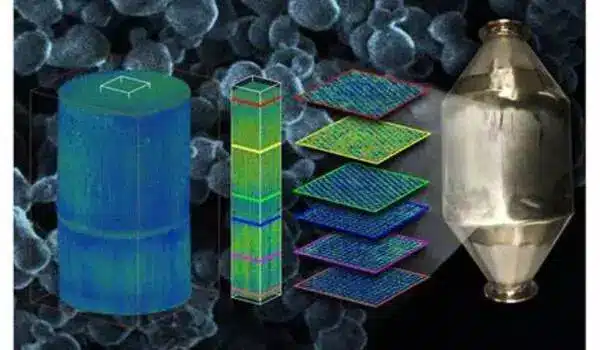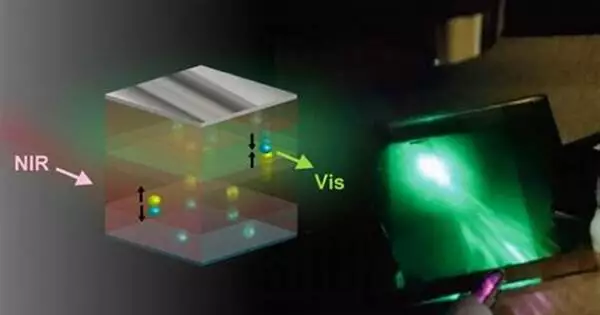The surface area-to-volume ratio of nanosheets, which are extremely thin structures at the nanoscale, is high. This property allows for more energy to be stored in a given volume, potentially leading to higher capacitance values in capacitors.
In collaboration with NIMS, a research group led by Professor Minoru Osada at Nagoya University’s Institute for Materials and Systems for Sustainability (IMaSS) developed a nanosheet device with the highest energy storage performance ever seen. Their findings were published in the journal Nano Letters.
Energy storage technology advancements are critical for the effective use of renewable energy and the mass production of electric vehicles. Current energy storage technology, such as lithium-ion batteries, has long charging times as well as issues such as electrolyte degradation, lifetime, and even unintentional ignition.
Dielectric energy storage capacitors are one promising alternative. The capacitor’s basic structure is a sandwich-like film composed of two metal electrodes separated by a solid dielectric film. Dielectrics are materials that store energy via polarization, a physical charge displacement mechanism. Positive charges are attracted to the negative electrode when an electric field is applied to the capacitor. Negative charges are drawn to the positive electrode. Then, storing electrical energy depends on the polarization of the dielectric film by applying an external electric field.
The dielectric capacitors have many advantages, such as a short charging time of only a few seconds, long life, and high power density.
Minoru Osada
“The dielectric capacitors have many advantages, such as a short charging time of only a few seconds, long life, and high power density,” Osada said. However, the energy density of current dielectrics falls significantly short of meeting the increasing demands for electrical energy. Enhancing the energy density would help dielectric capacitors compete with other energy storage devices.
Because the amount of polarization affects the amount of energy stored in a dielectric capacitor, the key to achieving high energy density is to apply as high an electric field as possible to a high dielectric constant material. Existing materials, however, are limited in the amount of electric field they can withstand.
To go beyond conventional dielectric research, the researchers used perovskite crystal layers of nanosheets made of calcium, sodium, niobium, and oxygen. “The perovskite structure is known as the best structure for ferroelectrics because it has excellent dielectric properties like high polarization,” explains Osada. “We found that by using this property, a high electric field could be applied to dielectric materials with high polarization and converted into electrostatic energy without loss, achieving the highest energy density ever recorded.”

The findings of the research group confirmed that nanosheet dielectric capacitors achieved a 1-2 orders of magnitude higher energy density while maintaining the same high output density. Excitingly, the nanosheet-based dielectric capacitor achieved a high energy density while remaining stable over multiple cycles of use and even at high temperatures of up to 300°C.
“This achievement provides new design guidelines for the development of dielectric capacitors and is expected to apply to all-solid-state energy storage devices that take advantage of the nanosheet’s features of high energy density, high power density, short charging time of as little as a few seconds, long life, and high temperature stability,” Osada said.
“Dielectric capacitors possess the ability to release stored energy in an extremely short time and create an intense pulsed voltage or current. These features are useful in many pulsed-discharge and power electronic applications. In addition to hybrid electric vehicles, they would also be useful in high-power accelerators and high-power microwave devices.”
















